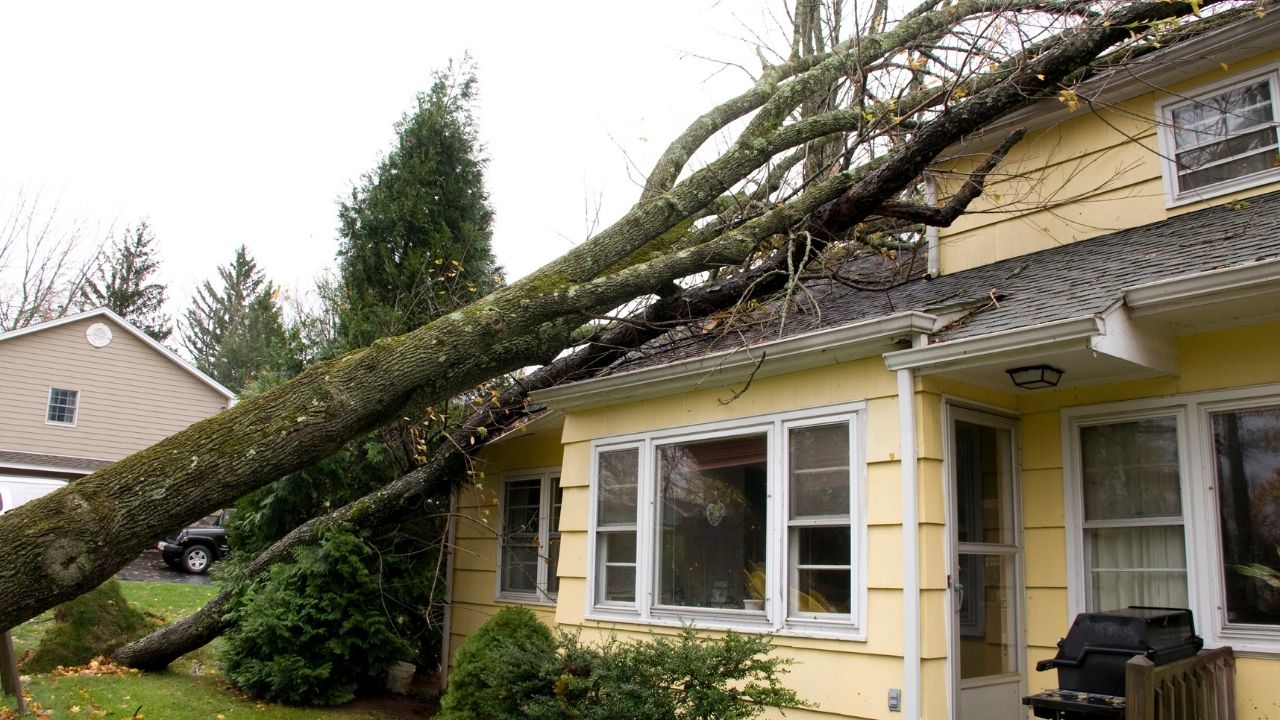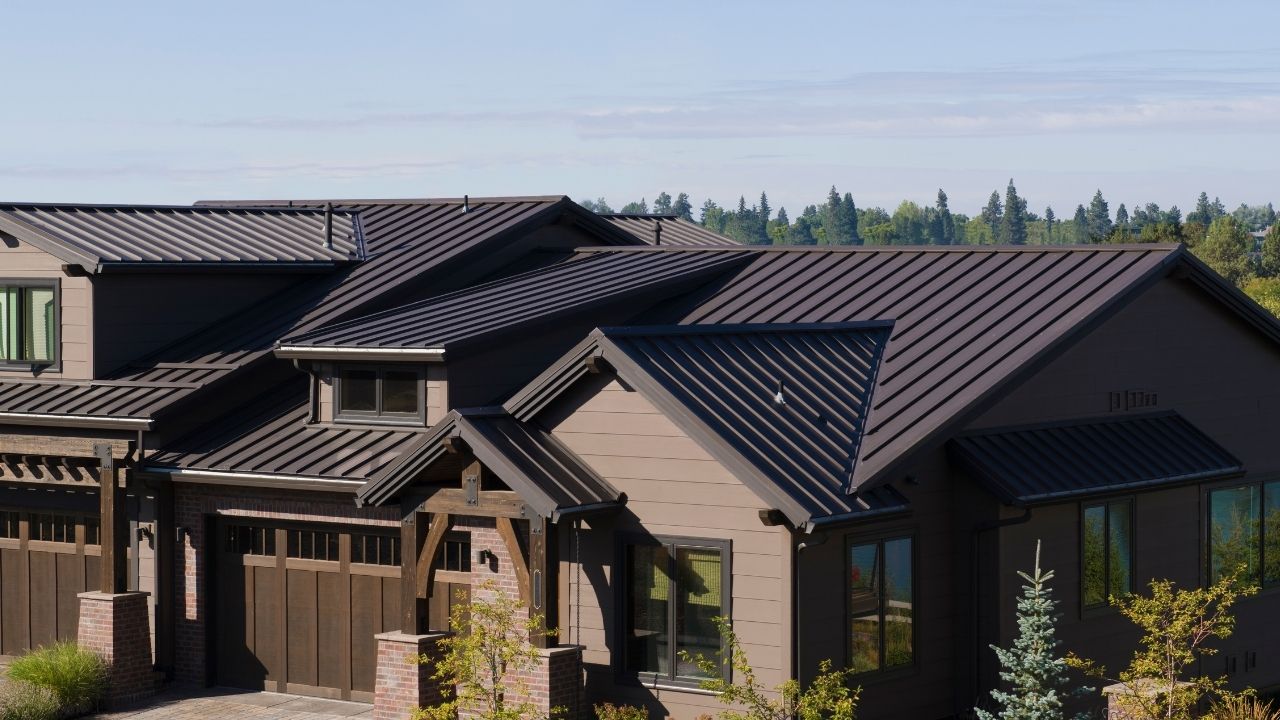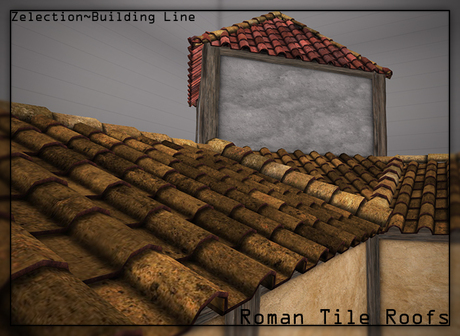
The American Academy of Ophthalmology has information regarding the causes of flashes at the corner of your eye. Some of these causes are related to eye health, while others may be caused by other issues. We'll be looking at the most common causes of flashing in this article. Continue reading to find out more. A thorough eye examination will reveal if a simple patch will fix your flashing problem. If not, you may need professional help.
When choosing the material for your flashings, consider how it will integrate with the design elements. The best material for flashings is flexible and can be worked into contours and crevices. Rubberized asphalt, which is flexible and easily concealable, is the best choice. Also, consider how it will feel on your property. Although it's possible to make visible waterproof flashings, the property's aesthetic value should not be compromised.

Aluminum flashing is engineered and installed properly. It can lead to water entering a building if it is not installed correctly. For long-lasting metal flashing, expansion joints are necessary to permit movement without deformation. Continuous flashing means a single piece that is applied continually. This is used where the roofline meets a vertical wall. This type of flashing, while not as strong as the others, is much more flexible. It's possible to stop leaking and other problems if it's done correctly.
Flashing materials have been used for a long time in lead. Although it is the best choice for waterproofing, it is also one of the most costly. It is also extremely durable. It is both the most expensive and durable. For flashing, the most popular metal is copper. Plastic flashing is a popular choice for its lower cost. The problem with plastic flashing is its tendency to deteriorate in the sunlight. For this reason, copper flashing is still the best choice.
Flashing is an integral part of a building's protection against water. It is composed of thin strips made from impervious materials. When it's installed properly, it can help prevent leaks in the roof. It can help to prevent water from getting inside the house. It can be used to prevent water from entering a building's interior. However, flashing is not a requirement. It is best to have a professional do your roofing job.

Depending on where you live, copper and aluminum flashing may be the best choices. They are easy to use and affordable, making them great for roof sections with tricky sections. You should also consider the durability of aluminum flashing when installing it. It must work with other roofing materials. This will ensure it doesn't damage your home or fall off. The flashing can be damaged by falling branches or foot traffic.
FAQ
Can you live in your house while it's being renovated?
Yes, I can live in my house while renovating it.
Can you live in a house while renovations are going on? The length of construction takes will determine the answer. If the renovation takes less than two months, then you can live in your house while it is being built. You cannot live in your house while the renovation process is ongoing if it lasts more than two years.
The reason why you should not live in your home when there is a major construction project going on is because you might get hurt or even killed due to falling objects from the building site. The heavy machinery and noise pollution at the job site can also cause dust and noise pollution.
This is especially true for multi-story houses. The vibrations and sounds that construction workers create can cause damage to your property and contents.
You will have to live in temporary accommodation while your home renovations are underway. This means you won't be able to use all the amenities in your own home.
You won't be allowed to use your dryer or washing machine while they are being repaired. You will also have to put up with the smell of paint fumes and other chemicals as well as the loud banging sounds made by the workers.
These factors can cause stress and anxiety in you and your family. To avoid becoming overwhelmed by these situations, it's important to plan ahead.
Research is key when you are considering renovating your home. It will save you money and help you avoid costly mistakes.
You should also seek professional help from a reputable contractor to ensure everything runs smoothly.
What should you consider when buying your next home?
You need to ensure you have enough funds available to cover closing costs before you buy a home. Refinancing your loan is an option if cash is tight.
Do I need an architect/builder?
You might find it easier to hire someone to do your home renovations. However, if you are planning to buy a new home, then hiring an architect or builder will help you make sure that you get exactly what you want.
Is there anything I could do to save on my home renovations?
You can save some money by doing as much of the work yourself as possible. Consider reducing the number or people that you employ during renovations. You could also try to find ways to reduce the cost of materials used in the renovation process.
Is it better to remodel an older house than build a brand new one?
There are two choices if you are thinking of building a new house. One option is to buy a pre-built home. This type home is already constructed and ready for you to move in. You can also build your own home. If you choose this option, you will need to hire someone to help you design your dream home.
The cost of building a new home depends on how much time and money you spend designing and planning it. A custom home may require more effort because you'll likely need to do most of the construction work yourself. But you can choose the materials you want and where you want them to be placed. It might be easier for you to find a contractor who has experience building custom homes.
A new house is generally more expensive than a home that has been renovated. The reason is that you'll need to pay more for the land, as well any improvements. Additionally, permits and inspections will be required. The price difference between a newly built and remodeled home averages $10,000-$20,000.
How Much Does It Cost To Renovate A House?
The cost to renovate a building depends on its material and complexity. Some materials like wood need additional tools, like saws or drills, while others like steel don't. The cost of renovations will vary depending on whether your contractor does all the work or you do it yourself.
The average cost for home improvements projects is $1,000 to $10,000. If you plan to hire professionals, the total cost would range from $5,000 to $25,000. On the other hand, if you decide to do the entire task yourself then the total cost could reach up to $100,000.
You should know that there are many factors which determine the final cost of renovation. These include the material used (e.g. brick vs concrete), the size of the project, the number of workers involved, the length of the project, etc. You must always keep these factors in mind when estimating the total cost of renovation.
Do you prefer to do walls or floors first?
The best way for any project to get started is to decide what you want. It is important that you think about how and who you want to use the space. This will help to decide whether flooring or wall coverings is best for you.
If you have decided that you want to create an open plan kitchen/living area then you may choose to install flooring first. You could also consider wall coverings for privacy if this is the space you are looking to create.
Statistics
- On jumbo loans of more than $636,150, you'll be able to borrow up to 80% of the home's completed value. (kiplinger.com)
- They'll usually lend up to 90% of your home's "as-completed" value, but no more than $424,100 in most locales or $636,150 in high-cost areas. (kiplinger.com)
- Design-builders may ask for a down payment of up to 25% or 33% of the job cost, says the NARI. (kiplinger.com)
- According to the National Association of the Remodeling Industry's 2019 remodeling impact report , realtors estimate that homeowners can recover 59% of the cost of a complete kitchen renovation if they sell their home. (bhg.com)
- Most lenders will lend you up to 75% or 80% of the appraised value of your home, but some will go higher. (kiplinger.com)
External Links
How To
How do I plan a whole-house remodel?
Research and careful planning are essential when planning a house remodel. Before you begin your project, there are many things to think about. The first thing you need to decide is what kind of home improvement you want to make. There are many categories that you could choose from: kitchen, bathroom or bedroom; living room or dining room. Once you've chosen the category you want, you need to decide how much money to put towards your project. It's best to budget at least $5,000 per room if you don't have any experience working on homes. If you have more experience, you might be able spend less.
Once you know how much money your budget allows you to spend, then you will need to decide how big a job it is you are willing to take on. A small kitchen remodel will not allow you to install new flooring, paint the walls, or replace countertops. On the other side, if your budget allows for a full renovation of your kitchen, you'll be able do just about any task.
Next, find a contractor that specializes in the project you are interested in. This way, you'll be guaranteed quality results and you'll save yourself a lot of headaches later on down the road. Once you have hired a contractor, gather materials and other supplies. Depending on the size of your project, you may need to buy everything from scratch. There are many stores that offer pre-made products so it shouldn't be difficult to find what you need.
Now it's time for you to start planning. You will first need to sketch out an outline of the areas you plan to place appliances and furniture. The next step is to design the layout of the rooms. Remember to leave enough space for outlets and plumbing. Visitors will be able to easily reach the areas that are most frequently used near the front doors. You can finish your design by choosing colors and finishes. Keep your designs simple and in neutral tones to save money.
Now it's time to build! Before you begin construction, it's important to check your local codes. While some cities require permits, others allow homeowners to construct without them. When you're ready to begin construction, you'll first want to remove all existing floors and walls. You will then lay plywood sheets to protect your new flooring. You will then attach or nail pieces of wood together to make the cabinet frame. Finally, attach doors to the frame.
You'll need to finish a few final touches once you're done. Covering exposed pipes and wires is one example. Plastic sheeting and tape are used to cover exposed wires. You will also need to hang photos and mirrors. Make sure to keep your work area neat and tidy.
You'll have a functional home that looks amazing and is cost-effective if you follow these steps. Now that you know how to plan a whole house remodeling project, you can go ahead and get started!